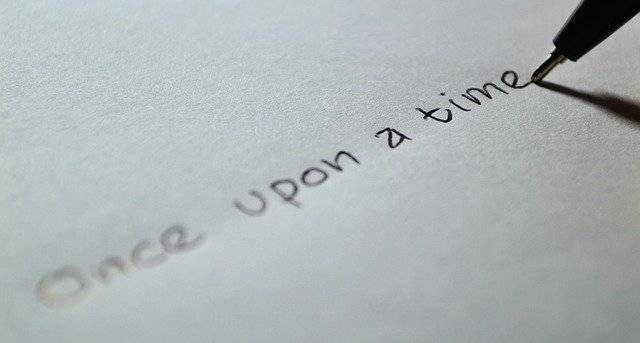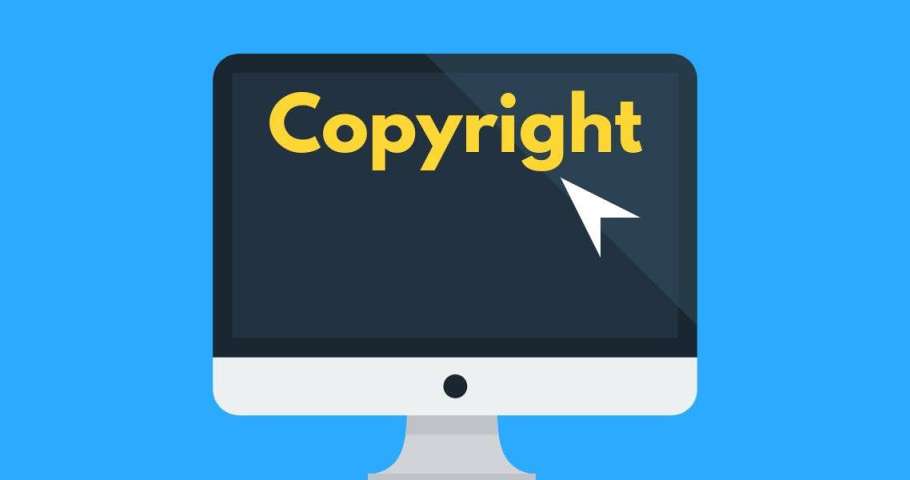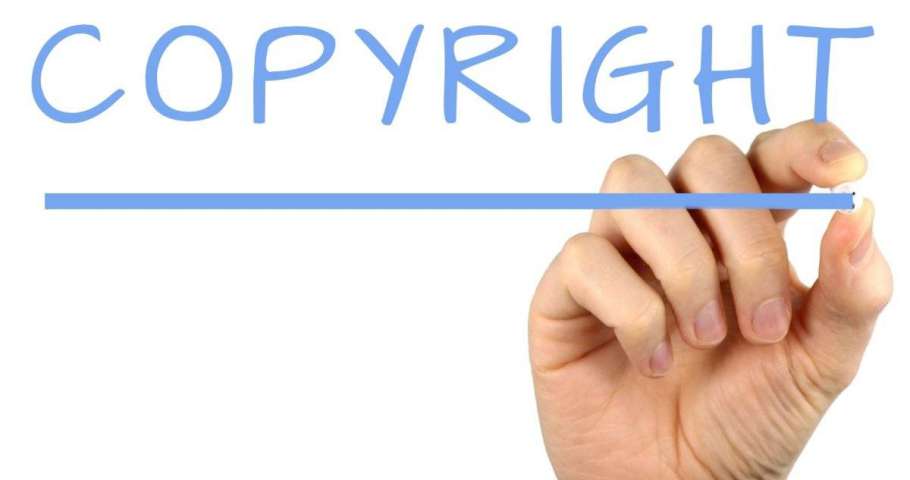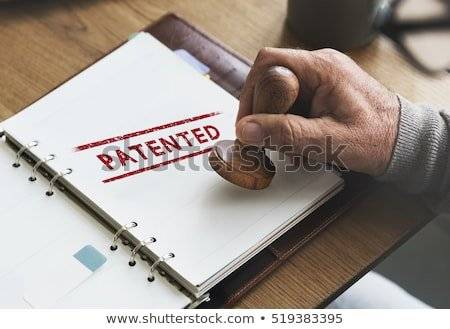Indian Trademark Statistics for November (Fourth Week) 2018, Discovery Brand Now in India, LG Electronics Files Trademarks for Foldable Phones, Aaj Tak Wins a Trademark Battle, Surname Trademark Infringement, and more, brought to you by the Trademark Attorneys at BananaIP (BIP) Counsels.
TRADEMARK QUOTE OF THE WEEK
“Every advertisement should be thought of as a contribution to the complex symbol whichis the brand image”– Walter Landor
INDIAN TRADEMARK STATISTICS
The Indian Trademark Office have had a mixed week with respect to…








